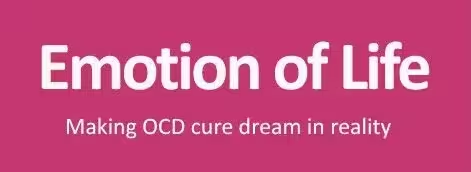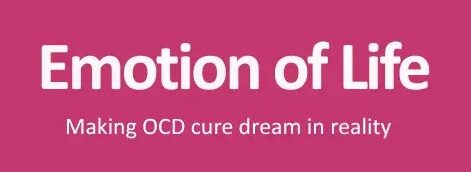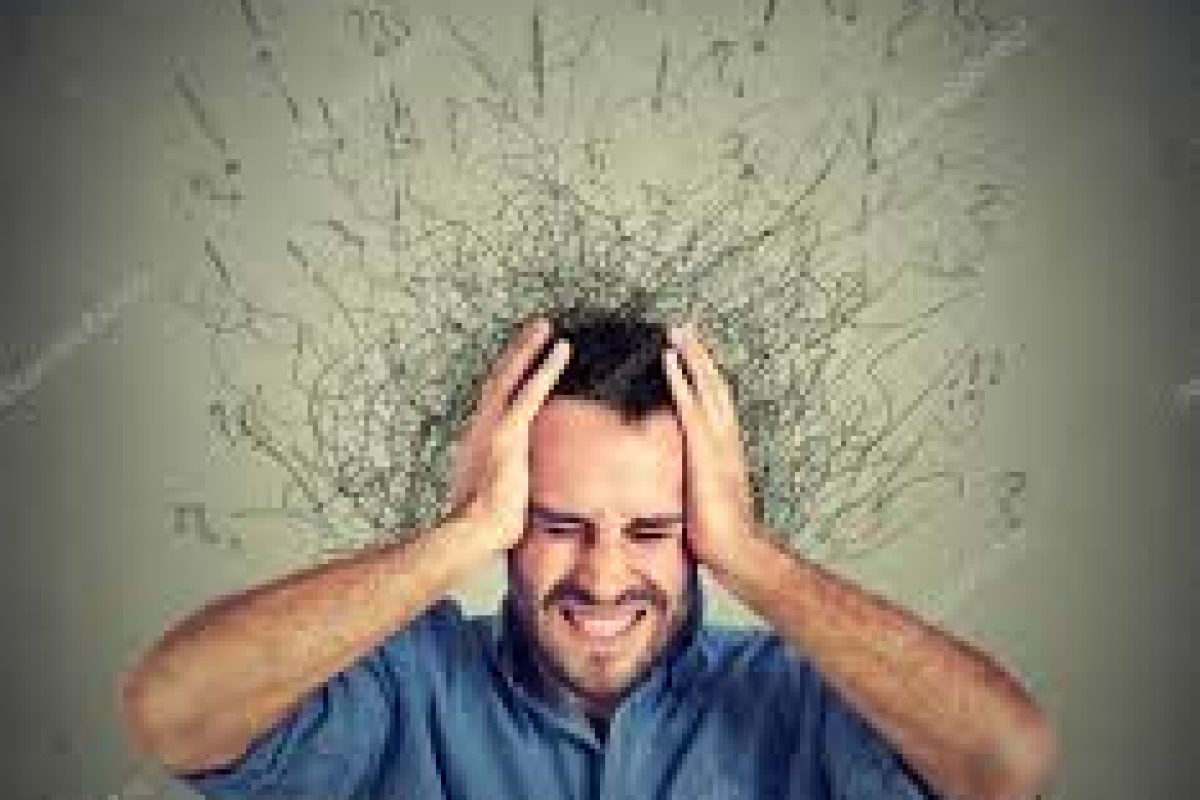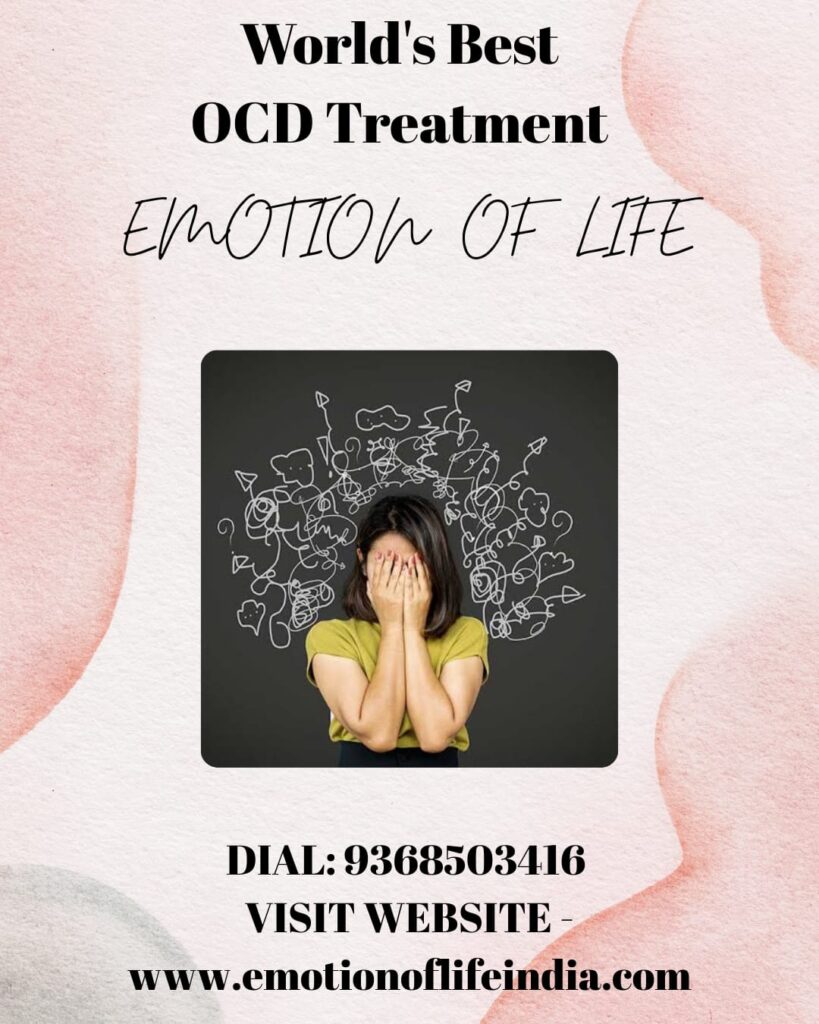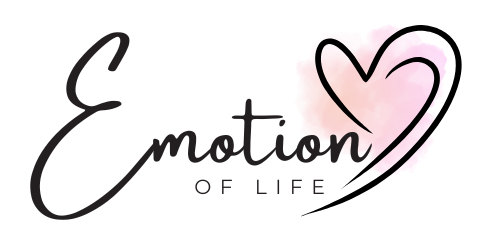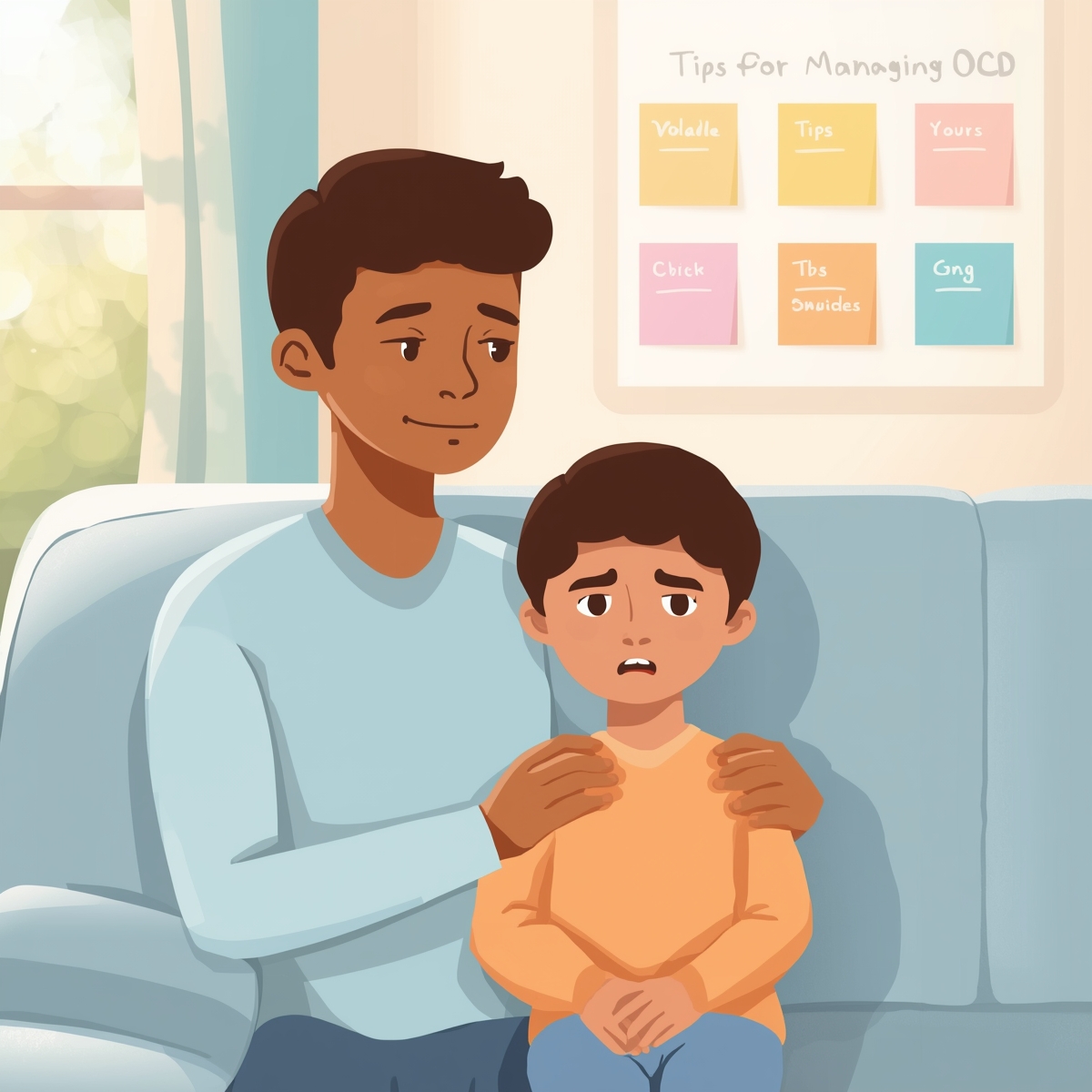Intrusive thoughts are a common experience, but for individuals with obsessive-compulsive disorder (OCD), these thoughts can be overwhelming and distressing. One subtype of OCD, known as Purely Obsessional OCD (Pure O), primarily involves obsessive thoughts rather than visible compulsions. This article explores intrusive thoughts, the characteristics of Pure O, its symptoms, causes, psychological and physiological effects, and non-medication-based management strategies.
Intrusive Thoughts
What are Intrusive Thoughts?
Intrusive thoughts are unwanted, distressing thoughts that repeatedly enter a person’s mind. They often contradict an individual’s core values and beliefs, causing significant anxiety. While occasional intrusive thoughts are normal, those with OCD find them particularly troubling, leading to distress and compulsive behaviours aimed at neutralizing or avoiding them.
About Pure O
What Is Pure Obsession (Pure O)?
Pure O is a subtype of OCD characterized by obsessive thoughts without obvious external compulsions. Unlike traditional OCD, which involves physical compulsions such as handwashing, checking, or organizing, Pure O often manifests through mental compulsions.
Common Mental Compulsions in Pure O
- Mentally reassuring oneself
- Avoiding certain thoughts, situations, or triggers
- Seeking reassurance from others
- Analysing or trying to neutralize intrusive thoughts
- Engaging in self-criticism or self-punishment
Mental compulsions play a crucial role in maintaining the cycle of anxiety even when there are no obvious external rituals.
Symptoms
Symptoms of Pure O
Pure O is marked by persistent, intrusive thoughts that cause extreme anxiety. These thoughts often revolve around distressing themes and are repetitive, disruptive, and mentally exhausting.
Common Themes of Intrusive Thoughts
- Harm-based obsessions: fear of harming oneself or others
- Sexual obsessions: unwanted, inappropriate, or disturbing sexual thoughts
- Religious or moral obsessions: doubts about faith or morality
- Symmetry and orderliness: need for things to feel “just right”
- Health-related obsessions: persistent fear of illness or bodily harm
Effects
Psychological Effects
- Intense anxiety
- Guilt and shame
- Social isolation
- Depression
Physiological Effects
- Muscle tension
- Fatigue
- Restlessness
- Difficulty concentrating
- Sleep disturbances
Causes
What Contributes to Pure O?
- Psychological factors: suppressed emotions, guilt, unresolved distress
- Environmental triggers: stressful life events such as trauma, job loss, or bereavement
- Cognitive patterns: perfectionism, intolerance of uncertainty, excessive responsibility for thoughts
Treatment and Management (Non-Medication)
Evidence-Based Psychotherapies
- Cognitive Behavioural Therapy (CBT): helps reframe irrational thoughts and reduce emotional reactivity.
- Exposure and Response Prevention (ERP): gradual exposure to anxiety-provoking thoughts while preventing mental rituals.
- Acceptance and Commitment Therapy (ACT): acceptance of thoughts and values-based action.
- Mindfulness and Meditation: observing thoughts without judgment to reduce distress.
- Thought Diffusion: language techniques that create distance from thoughts, for example, “I’m having the thought that…”
- Family Therapy and Education: teaching family members how to support without reinforcing compulsions.
Practical Approach
Non-medication approaches are first-line for Pure O. Structured daily therapy, consistent ERP practice, cognitive restructuring, and mindfulness skills form the backbone of recovery.
Lifestyle and Self-Help
Daily Habits That Support Recovery
- Regular exercise to reduce stress
- Balanced diet for cognitive and emotional stability
- Structured routines and meaningful activities
- Engaging hobbies and social connections
- Proper sleep routine
- Relaxation techniques such as progressive muscle relaxation and deep breathing
Philosophy and Mindset
Working on values, self-compassion, and an adaptive life philosophy can reduce the meaning assigned to intrusive thoughts and support long-term change.
Case Example
Doctor’s Recovery Case (Brief)
A 48-year-old doctor experienced intrusive thoughts for seven years and had tried medication. Over four weeks of focused therapeutic work, cognitive restructuring and consistent practice helped the client gain control over a range of intrusive concerns. Over follow-up, the gains consolidated and the client reported sustained improvement.
Emotion of Life 16-Step OCD Recovery & Cure Program
Program Steps
- Initial discussion over call then consultation for needs assessment on video call
- Comprehensive psychological assessment to understand OCD pattern
- Development of scope of work as problem statement shared by client and caregiver
- Therapy foundation course (therapy preparedness, success mantras, cognitive restructuring)
- Written consent for opting into the OCD Recovery & Cure Program
- Developing monitoring & evaluation framework after first 2 weeks
- Execution of CBT and ERP customized therapy sessions
- Family therapy sessions weekly
- Progress monitoring monthly
- Mid-term evaluation after 2 months for course correction
- Review of OCD recovery status at 4 months
- Relapse management in the 5th month
- End-term evaluation to ensure all recovery milestones achieved
- Termination of sessions
- Weekly follow-up up to next 6 months to ensure no relapse
- Declaration of cure state after successful 6 months follow-up
Conclusion
Living with Pure O can be challenging but manageable with the right support and treatment. Intrusive thoughts do not define a person. Therapies like CBT, ERP, and mindfulness-based approaches are highly effective in reducing the power of intrusive thoughts. Lifestyle changes, structured therapy, and strong social support also play crucial roles in long-term management. With perseverance and evidence-based treatment, individuals can regain control and live fulfilling lives free from the constraints of Pure O.
Call: +91 9368503416 www.emotionoflife.in Email: info@emotionoflife.in
Book Now | Review | OCD Types | Our Experts | Success Stories| Contact Us| MyPsychologist
